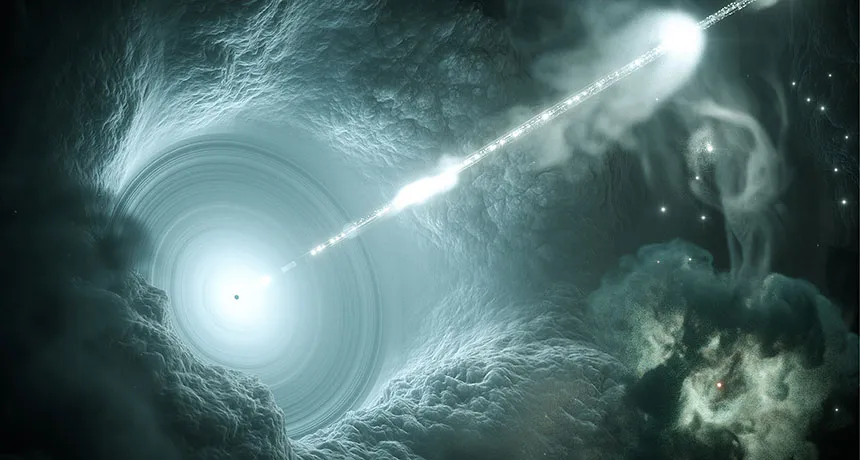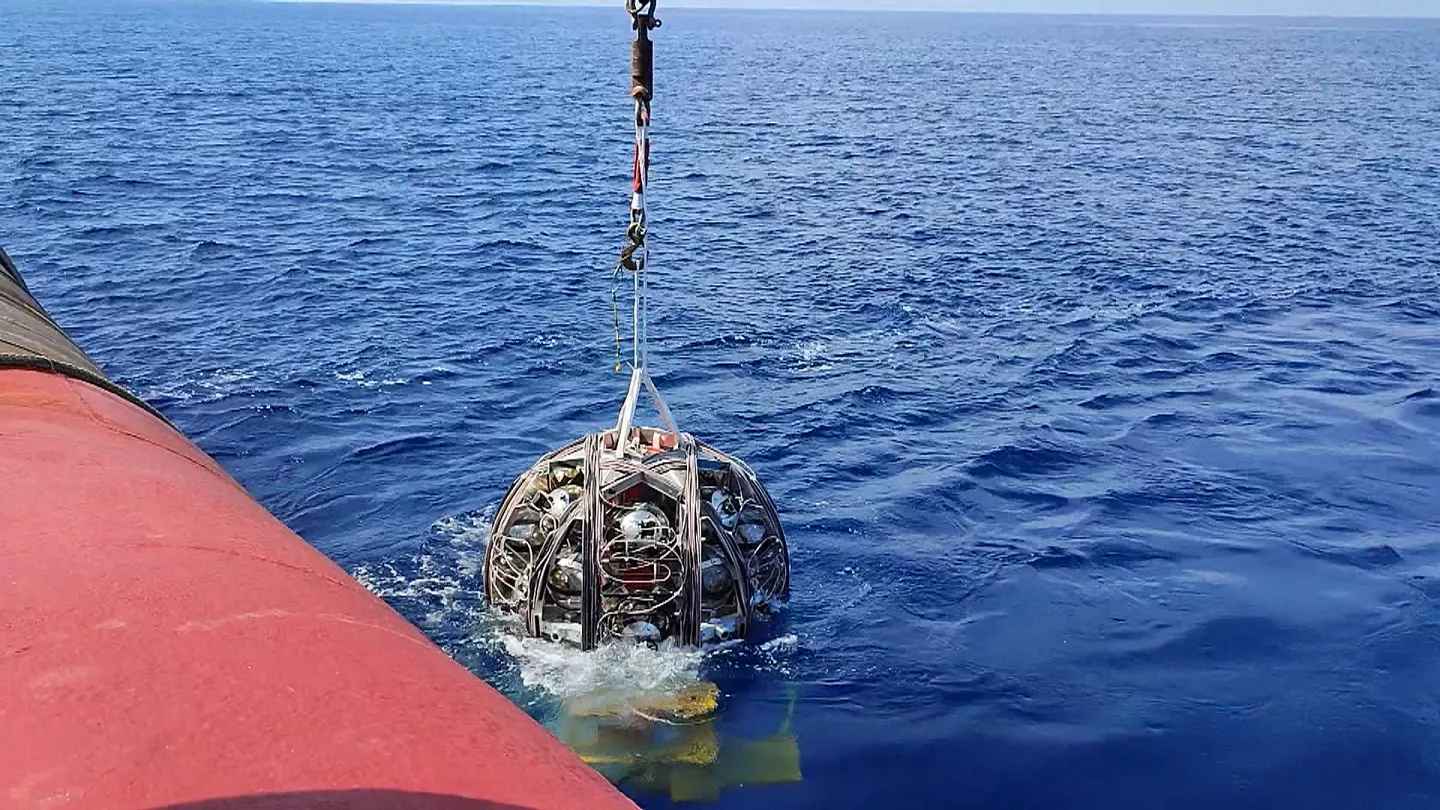New Underwater Telescopes
Beneath the Mediterranean Sea, scientists have embarked on a revolutionary mission to detect high-energy neutrinos—elusive particles often called ghost particles. This project features two advanced telescopes as part of the Cubic Kilometre Neutrino Telescope (KM3NeT). One telescope is designed to study neutrinos from outer space, while the other focuses on those generated in Earth’s atmosphere. This cutting-edge initiative draws inspiration from the IceCube Neutrino Observatory, which operates beneath the Antarctic ice.
What Are Neutrinos?
Neutrinos are fundamental subatomic particles similar to electrons but without an electric charge.
- Discovery Timeline: Predicted in 1931 and first detected in 1959.
- Cosmic Prevalence: After photons, neutrinos are the second most abundant particles in the universe.
- Mind-Boggling Stats: Approximately one billion neutrinos pass through a cubic centimetre of space every second.
Why Study High-Energy Neutrinos?

High-energy neutrinos, though exceedingly rare, hold critical insights into cosmic phenomena.
- Origins: These particles emerge from extraordinary events like supernovae and gamma-ray bursts.
- Scientific Potential: They allow researchers to investigate regions obscured by cosmic dust that blocks visible light.
- Cosmic Clues: High-energy neutrinos might unlock secrets about dark matter and cosmic ray production.
Rationale for Underwater Telescopes
Detecting high-energy neutrinos is notoriously difficult due to their minimal interaction with matter.
- Rarity: On average, a neutrino interacts with a human body just once in a lifetime.
- IceCube Experience: Despite years of operation, the IceCube Observatory has detected only a few high-energy neutrinos.
- Key Requirement: A massive volume of optically transparent material in a dark environment is crucial for detection.
Why the Mediterranean?
The Mediterranean Sea offers unique advantages for underwater neutrino telescopes compared to ice-based setups.
- Light Scattering: Water scatters light less than ice, enabling precise tracking of neutrino paths.
- Light Absorption: While water absorbs light more than ice, this is offset by its clarity and depth.
- Ideal Conditions: The Mediterranean’s balance of factors makes it a prime location for neutrino research.
Inside the Cubic Kilometre Neutrino Telescope (KM3NeT)
KM3NeT is a state-of-the-art neutrino observatory situated deep beneath the Mediterranean.
- Locations:
- KM3NeT-It: Sicily, Italy.
- KM3NeT-Fr: Toulon, France.
- KM3NeT-Gr: Peloponnese, Greece.
- Structure:
- Includes 12,000 optical sensor modules mounted on 600 vertical strings.
- The system is connected to shore-based facilities for data processing.
This next-generation observatory promises to deepen our understanding of the universe by capturing some of its most elusive messengers.




